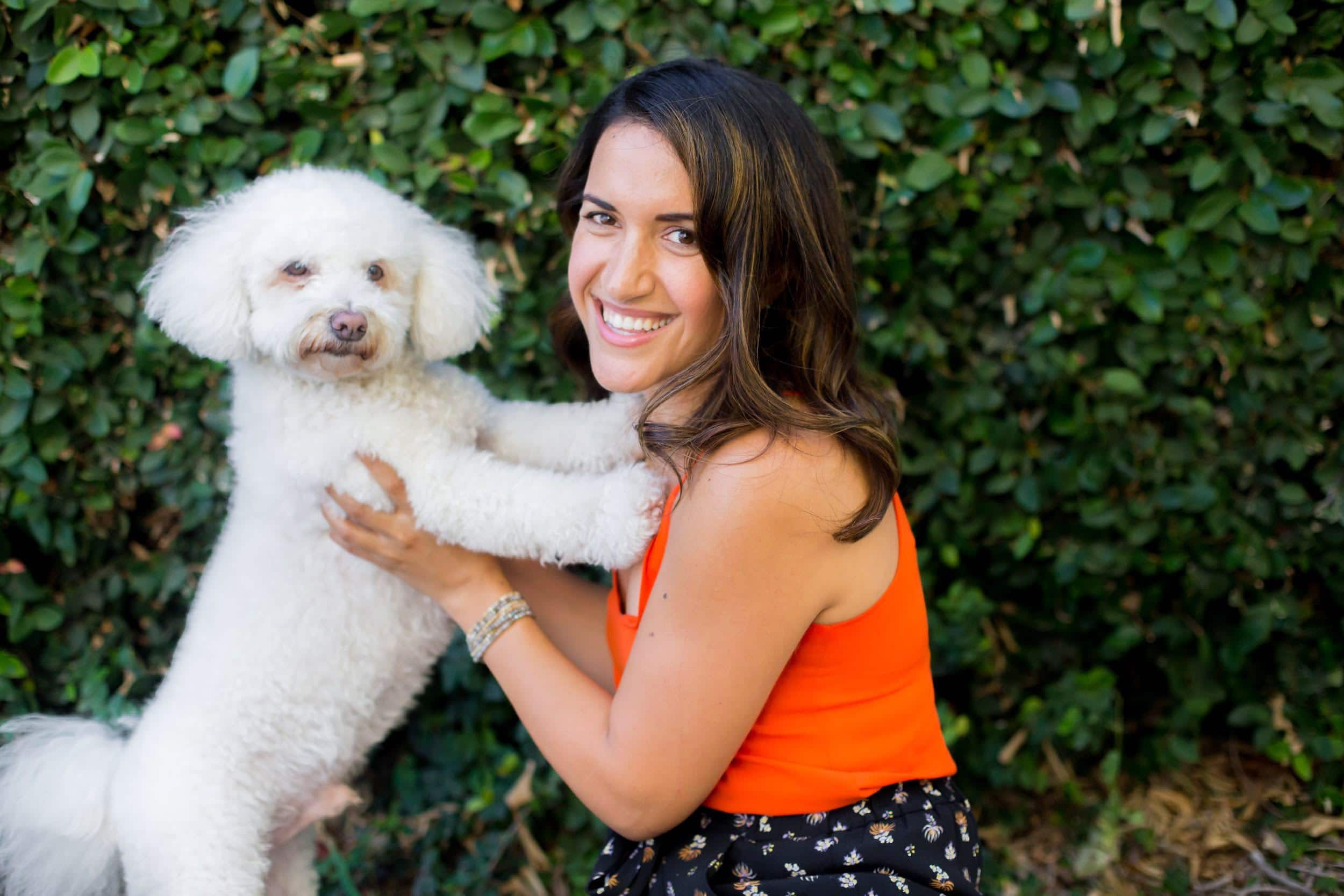It was about two years ago, I was in invited to do a speaking event for a room full of parents and preschool teachers, my topic was of course my passion: childhood self-expression. I started with a little experiment: “raise your hand if you think speech, language and communication are the same thing,” about 70% of hands went up. Now I know this is a common misconception, but I wanted to understand why the audience thought these three things were the same. Once person asked “well isn’t it all talking”, another said “because it all has to do with how we communicate.” Interesting points and I can see where their minds were going, but I was also secretly super excited that I was about to turn their worlds upside down!
Often, when people ask me “what do you do,” I find it unbelievably hard to explain and not because I don’t know how to put it into words, but more so because Speech Language Pathologists do so much. So, if there are any fellow SLPs, parent, or anyone for that matter, reading this that wants to help me narrow it down into 1-2 sentences-please, send me all you have!
One of the places I love to start when speaking to others about the role of a SLP is to break down the difference between speech, language and communication, because (in case you haven’t figured it out yet) they are very different, yet very connected:
- Speech: the sounds we use for talking and the way we say those sounds and words. This includes fluency, volume, pitch, rate and intonation.
- Language: understanding and using words and their meaning, understanding how words go together, putting words together using grammatical markers to make sentences, as well as higher level skills such as drawing inferences and making predictions.
- Communication: nonverbal and verbal language skills used to share and exchange thoughts, feelings and ideas.
If your child has a speech, language, and/or communication delay this has a ripple effect into many other aspects of their life. Let’s look at this in terms of some examples:
- Joey is 4 years old; he is at the playground and notices some other kids coming over, he runs over to invite them to play but none of the other kids understand what Joey is saying. He keeps repeating himself, over and over, but the other kids continue to not understand him. Joey begins to feel frustrated and walks away. The impact of Joey’s speech is not only affecting his verbal expression but it is now also the cause of behaviors, as well as emotional and social development.
- Sara is 2 years old; she is in the kitchen with dad. Dad takes Sara over to the fridge and says “what should we eat for lunch today?” Sara replies by saying “mmm…mmm” while pointing to the yummy snack she wants. Dad asks “apples?”, Sara shakes her head no and points again saying “mmm…mmm,” “juice?” guesses Dad; again, Sara shakes her head no and continues to point. After a couple more guesses, Sara begins to get frustrated and begins crying and hitting dad. Sara’s language is affecting her expression and she is becoming frustrated because she isn’t getting her wants and needs met. Because of this, Sara begins to hit and cry, behaviors which can impact social and emotional development, as well as learning.
- Zach is 6 years old; he is in class and the teacher says “okay kids, after you finish your art project, put it in your cubby, go sit back down and take out your pencils and blocks for math.” Zach feels lost and confused, the teacher just gave a pretty long and complex direction and he only got the first part. Zach looks around to copy his peers, but they are all at different parts in the direction. Zach decides to just sit back down at his desk and not participate in the direction. His teacher thinks he isn’t listening. Zach’s difficulty with comprehending/understanding this language has an impact on his learning, ability to participate with others, and the confidence he has in himself, demonstrating impacts in most areas of development.
You can see from these three examples above how deeply connected speech, language and communication are to the way your little one is being and feeling in this world, as well as the impacts it has on many areas of development. My mission is to connect children to their voice through whatever modality of expression resonates best with them and to provide parents and professionals with the tools necessary to empower our children’s voices!
Want to know how your kiddo is progressing with speech, language and communication skills? Book an appointment, with me today!

Sholeh Shahinfar, MA, CCC-SLP, RYT
Sholeh Shahinfar is the founder of Valued Voices, and a licensed Speech Language Pathologist, Child Communication Specialist and Certified Oral Motor Therapist. She is passionate about uplifting children’s voices in the world and inspiring self-expression. In her free time, she loves going to the ocean, exploring nature with her pup Kobe, and spending time with her family and friends!

